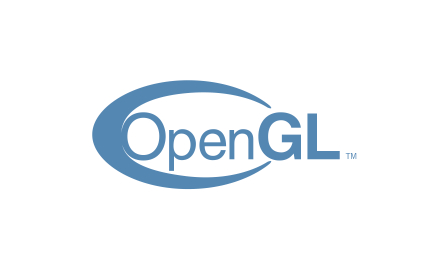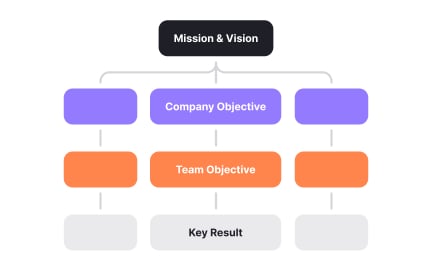OKR Framework
The OKR framework sets goals and key results that help teams stay focused, measure progress, and align design and product work with strategy.
What is OKR Framework?
Your team works hard but struggles to achieve meaningful business results because efforts aren't aligned with strategic priorities, progress isn't visible, or goals change without clear communication. You've probably experienced quarters where everyone stayed busy but key metrics barely moved.
Most organizations fail at goal-setting because they confuse activity with outcomes, set too many priorities, or don't create clear connections between daily work and strategic objectives that actually drive business growth.
OKR Framework (Objectives and Key Results) is a goal-setting methodology that aligns teams around ambitious, qualitative objectives supported by specific, measurable key results that track progress toward strategic outcomes within defined time periods, typically quarterly cycles.
Companies using OKR frameworks report 30-50% better goal achievement, 25% improved team alignment, and significantly faster strategic pivoting because everyone understands priorities and can see progress toward shared objectives.
Think about how Google used OKRs to maintain entrepreneurial focus during rapid scaling, or how Intel originated the framework to keep teams aligned on breakthrough innovations while managing operational excellence simultaneously.
Why OKR Framework Matters for Organizational Performance
Your team lacks clear strategic focus, with different departments pursuing conflicting priorities while important business objectives receive inconsistent attention or get lost in operational demands.
The cost of poor goal-setting compounds quarterly. You get missed strategic opportunities, duplicated efforts, team frustration from unclear priorities, and competitive disadvantage from slower execution on initiatives that require coordinated effort.
What effective OKR implementation delivers:
Better strategic alignment because OKRs create transparent connections between individual work and organizational objectives, ensuring everyone understands how their contributions impact business success.
When people can see how their daily tasks connect to company goals, they make better decisions about where to spend their time and energy.
Faster goal achievement through focused effort on high-impact activities rather than spreading resources across too many competing priorities that dilute effectiveness.
Improved team coordination as shared OKRs require cross-functional collaboration and create accountability for collective outcomes rather than just individual task completion.
Enhanced strategic agility because quarterly OKR cycles allow rapid pivoting when market conditions change or new opportunities emerge, while maintaining execution discipline.
Stronger performance culture through transparent goal-setting, regular progress reviews, and celebration of both successes and learning from missed targets that weren't ambitious enough.
Advanced OKR Framework Strategies
Once you've implemented basic OKR processes, develop sophisticated goal-setting and organizational alignment approaches.
Aspirational vs. Committed OKR Balance: Design OKR portfolios that balance stretch goals encouraging breakthrough thinking with committed objectives ensuring operational excellence and stakeholder confidence.
Cross-Functional OKR Design: Create shared OKRs that require collaboration across departments, breaking down silos while maintaining individual accountability for collective outcomes.
OKR Integration with Business Rhythms: Align OKR cycles with strategic planning, budget processes, and performance reviews to create coherent organizational goal-setting rather than competing priority systems.
Advanced OKR Analytics: Implement data systems that track leading indicators, goal achievement patterns, and strategic outcome correlations that improve future goal-setting effectiveness.
Recommended resources
Courses

UX Research

HTML Foundations

Mentorship Mastery
Lessons

Rendering Techniques

Image Usage & Asset Design








